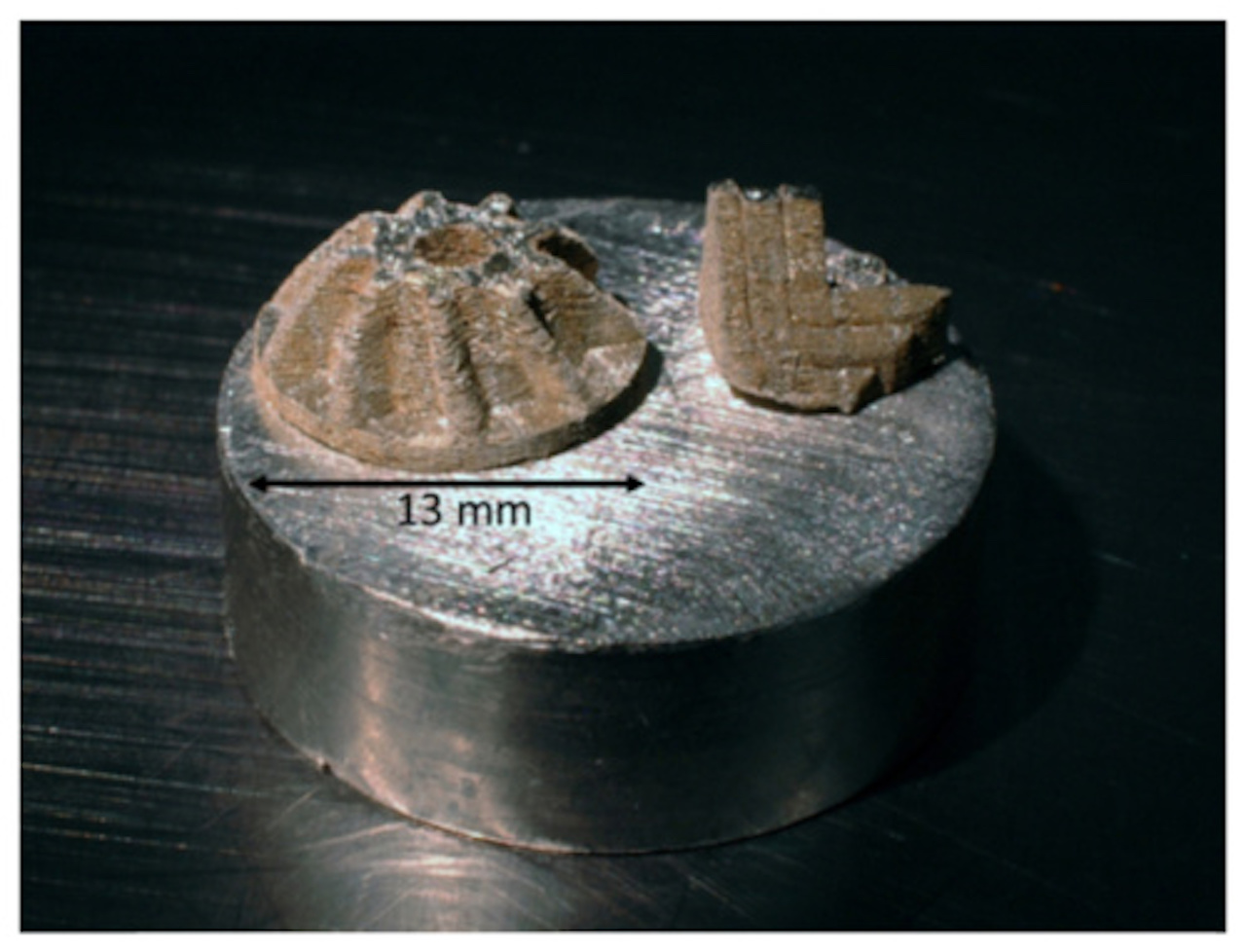
Researchers at the Lawrence Livermore National Laboratory have developed a very attractive new method for rapidly 3D printing in metal.
The process, which they call “Diode-based Additive Manufacturing”, or “DiAM” involves an unusual diode-based laser approach to solidify powdered metal.
They’re trying to overcome one of the major constraints on current 3D metal printing equipment: print times are quite long. The reason for the lengthy durations that in most of today’s 3D metal printers, a laser (or two or four in some cases) must literally sweep across each voxel of the part in order to solidify the fine metal powder layers. This is a very tedious process and results in print times of many hours or even days.
As a result, most metal prints are quite small and printing large objects in metal is something very rarely seen (although we did see one recently).
The key to this system is something called an optically addressable light valve. From what I can gather, this is a system where a kind of filter is used to block high intensity light, like that you might get from a laser.

The “OLAV” apparently selectively blocks part of the beam from a powerful laser. Some photons do pass thru and selectively melt the surface of the powder bed.
The laser in question is a “wide area high power beam”, as developed at LLNL recently for I believe fusion reactor ignition research. By combining the OLAV and the wide area laser, you have a combination that could perform unusual 3D metal printing. The OLAV acts as a photomask in the process.
But that fancy laser turns out to be prohibitively expensive. Instead, the researchers propose using an inexpensive combination of a diode laser array and a “Q-switched pulse laser”.
They say that the OLAV would be able to control to some degree the amount of energy passing through, meaning the system could theoretically provide varying levels of melting intensity as it runs.
The researchers constructed a small proof of concept version of the system and were able to 3D print the small impeller design shown at top (which, by the way, was downloaded from Thingiverse).
They believe the system could theoretically dramatically speed up 3D metal printing operations, and they claim an increase in efficiency of around 3X, with “potential to increase by 200 × using appropriate magnification optics.”
Of course, this is not a product at this stage. While the researchers have done considerable work on the project, it is only a proof of concept and would require a great deal of effort to transform it into an actual product that manufacturers could buy.
But if it were so, they’d likely sell a great many units.
Via OSA Publishing

